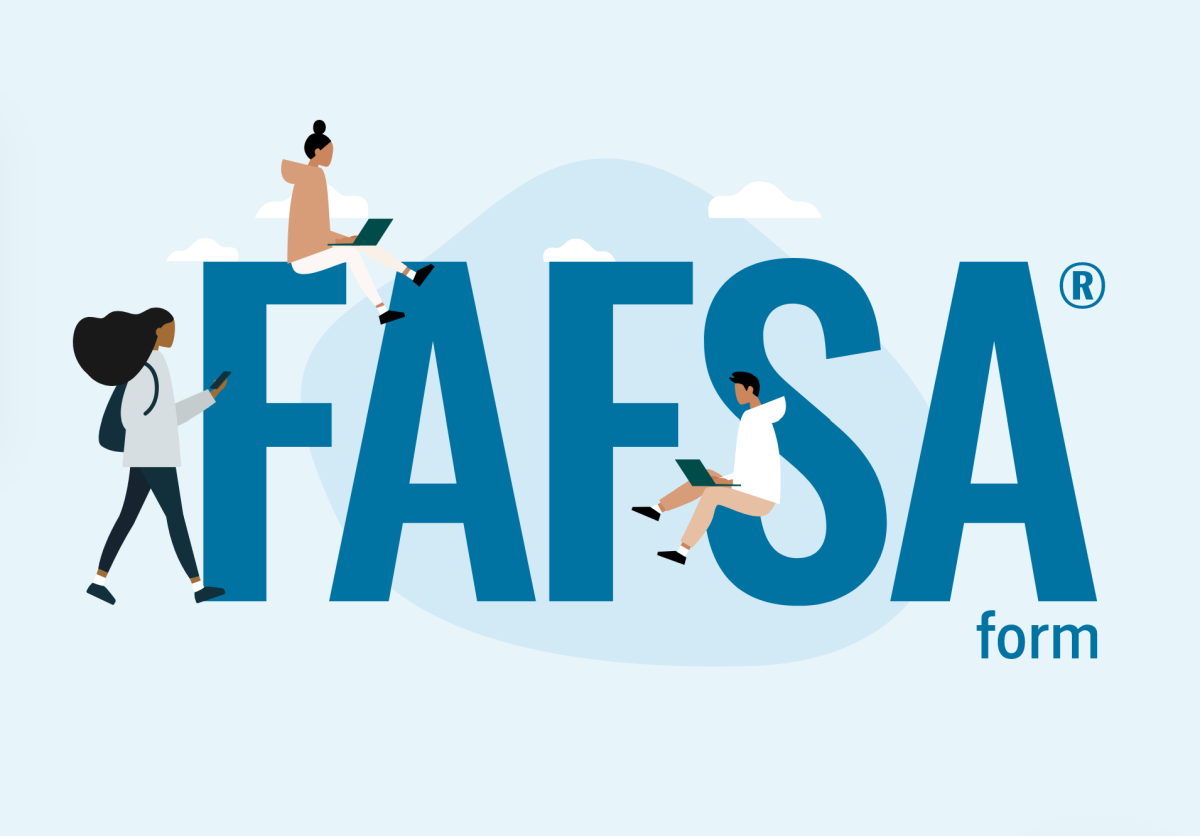A major overhaul has been made to the Free Application for Federal Student Aid (FAFSA) for the 2024–25 school year with the goal of refining, streamlining and modernizing the application procedure. In order to improve the application experience, this year’s form has a “soft launch,” which began on Dec. 31, 2023, enabling the Department of Education to keep an eye on any problems and take immediate action. The soft launch period lasts until February 2024, although application processing doesn’t start in earnest until late January.
The FAFSA is primarily used to determine a student’s eligibility for financial aid. It serves as the main entry point for students to apply for loans, grants and work-study programs, among other types of government help. In addition to federal aid, the FAFSA is frequently required for financial support from states and institutions. A major function of the FAFSA is to assess a candidate’s eligibility for government funds, such as the Pell Grant. The fact that these subsidies don’t need to be repaid makes them extremely advantageous. They are designed to assist lower the barrier to higher education by targeting undergraduate students who have a strong need for financial aid.
A significant modification to the latest FAFSA form compared to the prior edition is the elimination of 72 questions. This update improves user efficiency by streamlining the procedure and integrating the import of federal income tax data. An additional 610,000 students are anticipated to become eligible for federal aid, including Pell Grants, as a result of the redesign.
The Federal Student Aid (FSA) office will take scheduled breaks for site updates and maintenance during the soft launch. These breaks are intended to make the system function more smoothly while also improving the overall user experience. As users move through the application, their data will be safely saved in the system despite these sporadic pauses. This indicates that families and children don’t need to feel pressed to finish the form quickly because they have plenty of time to do so.
“I had to help my son fill out the FAFSA form before the early decision deadline of Jan. 15th for financial aid,” parent Emily Wang said. “It was difficult to find time to complete, but once I got time, the process was really easy.”
It is recommended that educational professionals postpone the FAFSA completion events until late January to mitigate any possible disruptions caused by website maintenance. Students and families should also be aware that financial aid offers from colleges are anticipated to arrive several weeks after FAFSA eligibility information, which is not received by institutions until late January.
“I couldn’t access the document earlier, but the colleges I’m applying to are understanding and they moved the deadlines,” senior Elisey Kolesnikov-Cherenkov said. “Colleges are understanding, all I needed to do was send a formal email. ”
Among students and the educational community, there is a certain amount of frustration and uncertainty about limited access due to the soft start. It’s unclear exactly when schools will start getting completed application data. Financial aid officials find it challenging to give students and families a schedule for when they will receive financial aid offers because of this uncertainty. The FAFSA is still an essential step in obtaining financial aid for college, despite these difficulties. Families and students are urged to fill out the form to find out if they qualify for any financial aid, such as the Federal Work-Study Program or the Pell Grant. Given that it is not repaid, the Pell Grant in particular is a noteworthy type of financial assistance.
“I think the FAFSA is a great tool for students that may not have a great financial situation,” senior Miles Hamill said. “FAFSA makes in-state tuition even cheaper, so it is always worth it to fill it out, even if you think you don’t need it.”
The FAFSA’s ability to make federal student loans more accessible is another important feature. In comparison to private student loans, these loans—which include Direct Subsidized and Unsubsidized Loans—usually have lower interest rates and more accommodating repayment schedules. They are therefore a better choice for a lot of students.
The federal work-study programs are also accessible through the FAFSA. Through these programs, students can perform part-time jobs and earn money to help pay for their school while also receiving essential work experience. States and educational institutions commonly use the FAFSA to assess an applicant’s eligibility for financial aid programs, in addition to federal help. This means that for students looking for any kind of financial aid for their education, filing the FAFSA may be essential.
Although the 2024 FAFSA soft launch introduces novel aspects to the application procedure, the changes are intended to improve the system’s usability and accessibility. It is recommended that families and students keep themselves updated on any adjustments and modifications to the application process, particularly concerning state deadlines and procedures for financial aid. Notwithstanding the difficulties with the soft launch, the FAFSA is still a crucial step in obtaining financial aid for a college education.








